INDUSTRIAL REVOLUTION OF A HEN
The domestication of chickens by humans is one of the bloodiest episodes in the history of animal mistreatment. Modern chickens are derived from the Red Jungle Fowl of Asia, where their free-living jungle equivalents still exist. Chickens were first abducted and reared into captive groups for the sadistic human enjoyment of "cockfighting," but they were later held for eating their meat and eggs. Writing in her book, ‘‘Prisoned Chickens, Poisoned Eggs’’, Karen Davis, Ph.D. notes, “It may be that cockfighting preceded and led to the use of chickens for food, with female game birds being perceived as a source of meat and eggs. Humans may have discovered that by stealing from the nest eggs they did not want to hatch or wanted to eat, they could induce the hen to lay compensatory eggs and continue to lay through an extended season.’’
Hen breeding for egg production may have started five or perhaps ten thousand years ago. The contemporary egg-laying hen was made possible by humans. Their development has been influenced by our anthropocentric arguments for utilizing domesticated birds throughout history in ways that would not have happened without human initial and continuous interference. It's not typical for birds to lay eggs as a separate activity from conception. According to ‘‘The Chicken Book’’, the main difference between domestic and wild poultry is that wild poultry (like all other wild birds) do not produce abundant eggs. Typically, they only lay in the spring when they are prepared to rear a brood of chicks.
Through centuries of rigorous selective breeding, humans have developed chickens into creatures who no longer simply lay once or twice a year, as they did in the wild, but now produce 250–350 eggs annually to satisfy human demand. To put it another way, people have operated, and still act, as a synthetic agent for natural selection. Given our technical capabilities for the genetic alteration of chickens, a whole breed has been hybridized today only for economic gain.
Even the "happiest" chickens suffer from a variety of reproductive ailments and maladies that ultimately cause many of them to pass away far sooner than is normal due to our Frankensteinian genetic modification of these birds' reproductive systems to force their overproduction of eggs. Debilitating osteoporosis, oviductal tumors, peritonitis, and uterine prolapse are among these diseases. Uterine prolapse occurs when the lower part of the oviduct fails to retract back into the body after oviposition, or the depositing of an egg. Similar to egg binding, prolapse is frequently the outcome of tiny birds having their genes altered to cause them to deposit an abnormally high number of abnormally huge eggs.



